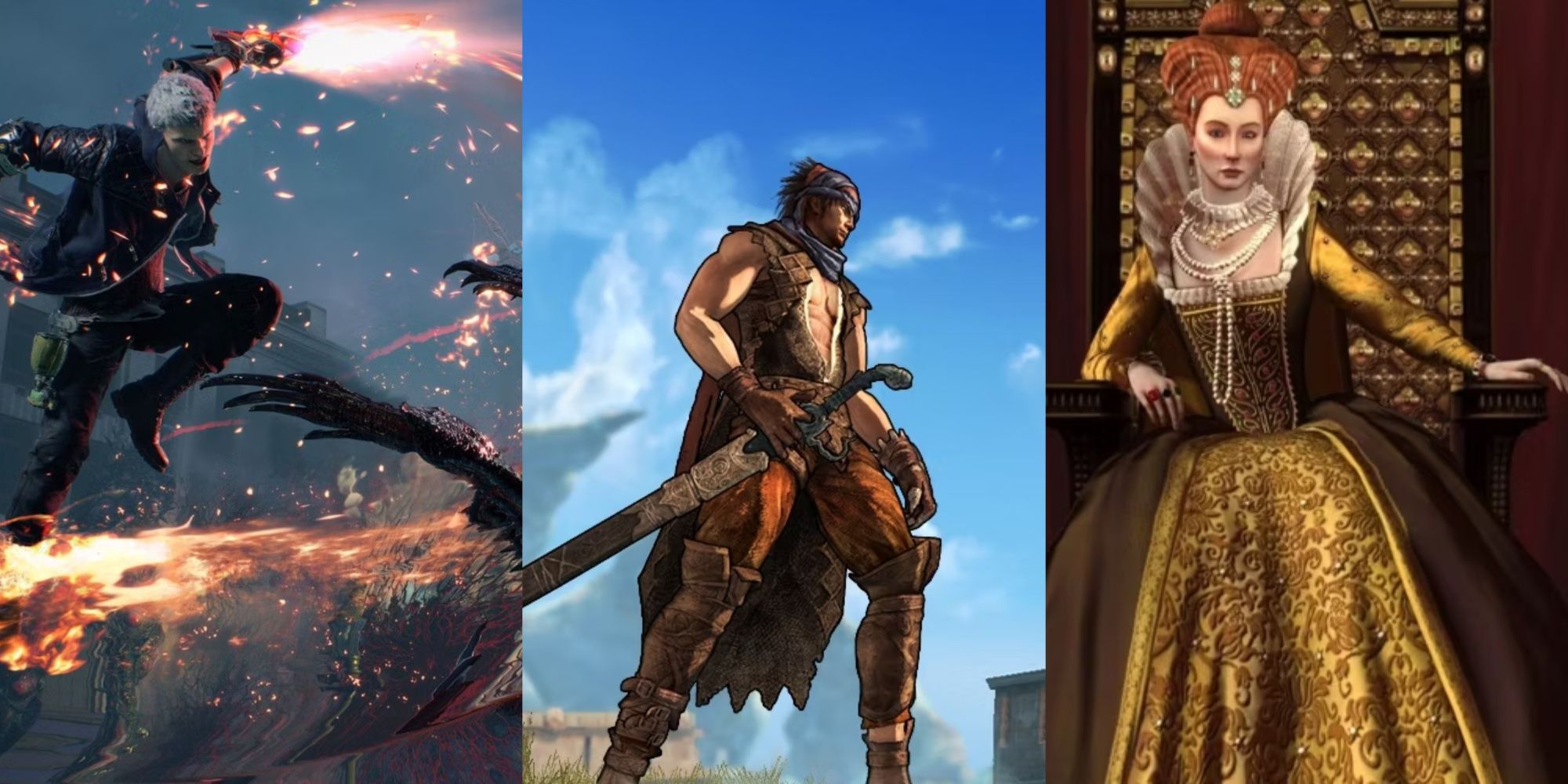If you’ve never heard of the silhouette test, it’s a technique to determine a person’s ability to quickly identify a character just by their silhouette. In many ways, it’s a test of popularity, but also of how distinct your characters are. It’s effective.
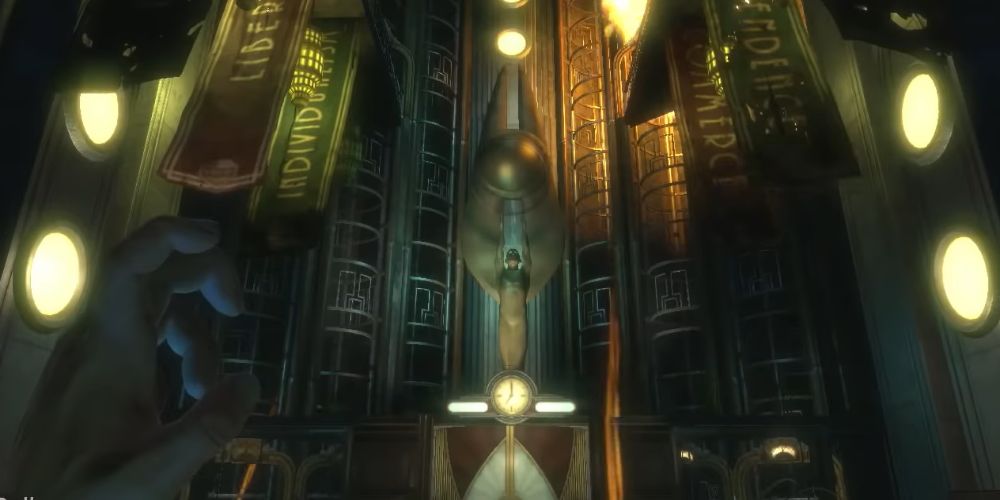
8 Best Art Deco Games
Art Deco, a beautiful style of architecture, is the inspiration behind these great games.
Now all that said, you want the character to look good in detail, too, and that’s where a distinct style comes in handy too. But if your character can already pass the silhouette test so easily, who’s to say they wouldn’t in another style too? That’s exactly what these games tried, taking established worlds and giving them a brand-new look.
8 Civilization
An elder of the 4X genre, Civilization isn’t exactly a series that’s had the most consistent art style on a game-to-game basis, though it’s kept some modicum of similarity between entries. This even applies in the jump from 2D to 3D. The strategy series has always had an unmistakable appearance, but that didn’t mean it didn’t deserve a radical shake-up.
Enter Civilization 6. Though Civ 5 veered heavily into realism, its sequel feels like whiplash with the sudden jump from washed-out dark shades to glaringly bright and colourful. It’s an immensely large jump in art style, even if the overall art direction is roughly the same. The intense caricatures of each world leader make each of them a treat to see in motion.
7 Dragon Age
Dragon Age Origins
- Franchise
- Dragon Age
- Platform(s)
- PS3, Xbox 360, PC
- Genre(s)
- RPG
Once praised as the height of RPGs in the Western world, Bioware has had a rough go of it lately, with their games shifting further away from their choice-based routes to something much closer to full-on action. In games like Mass Effect, this felt intentional. In Dragon Age, not so much, and the art reflects this.
In Dragon Age: Origins, we see a Dark Fantasy world, one ruled by deep shadows, medieval architecture, chainmail, and an unreasonable amount of blood splatters. Cue Dragon Age 2, a game that was immediately brighter and more high fantasy, where even the races got dramatic redesigns. Inquisition followed suit with an art style remarkably similar to DA2, as well.
6 No More Heroes
No More Heroes
- Franchise
- No More Heroes
- Platform(s)
- Wii, Switch, Amazon Luna, PC
- Genre(s)
- Action
No More Heroes occupies a distinct place in the changing art style debate because, well, it’s entirely subjective on when and where you played the original. Travis Touchdown is never afraid of breaking the fourth wall, with re-releases frequently referring to that very fact, yet even that is not as intense as seeing the difference between the Wii and PS3 versions of No More Heroes.
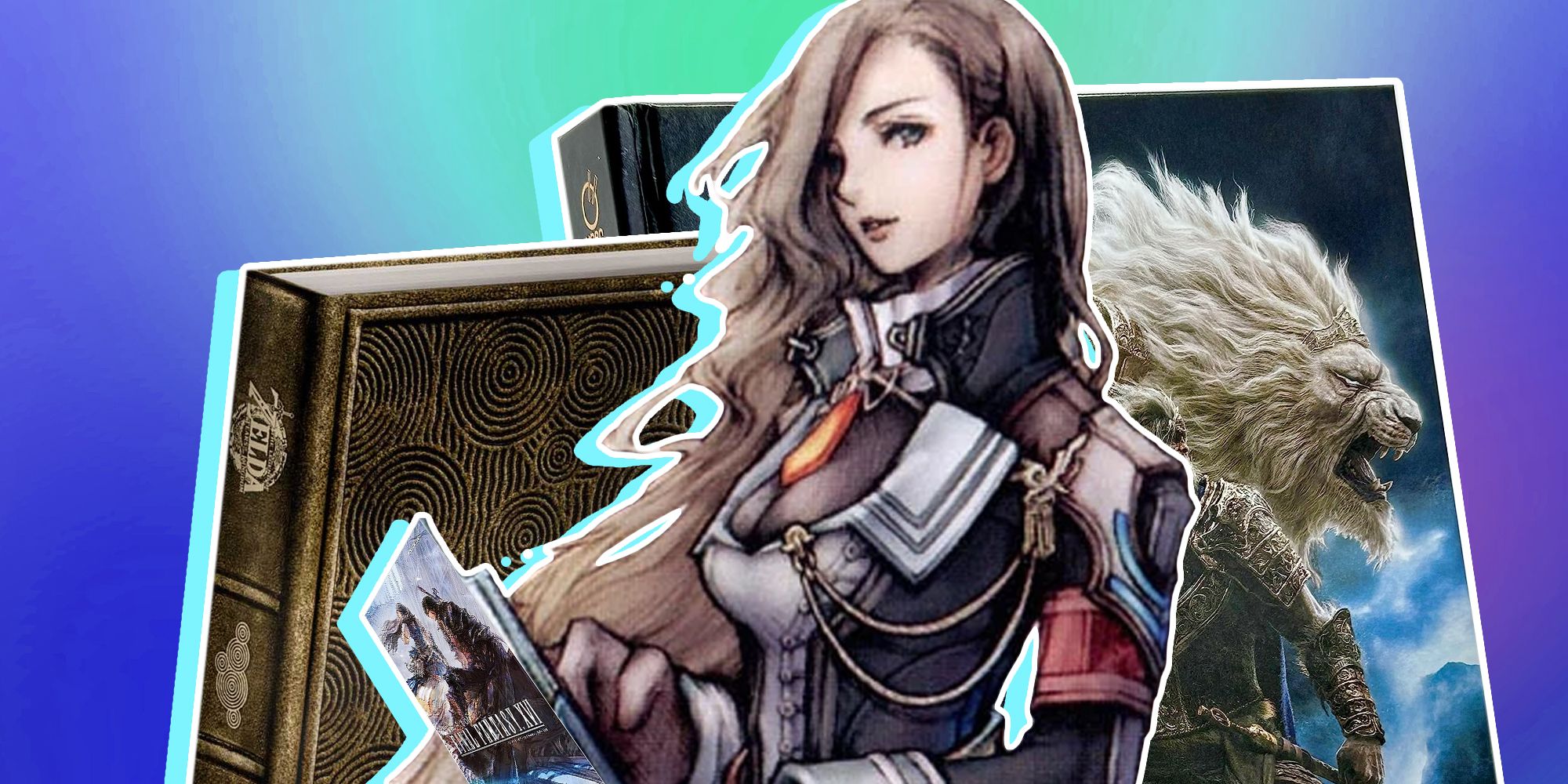
Best Video Game Art Books In 2023
You’ve played the games, now get a better look at their art.
You see, with the original launch on the Wii, No More Heroes was a cel-shaded adventure, one that felt fitting for the overall retro aesthetic and Travis’ own personality. For the PS3 though, this was changed to be more ‘mature’, cel-shading replaced with more soft lighting and darker colours. This was never replicated in the sequels, so if you came from the PS3 version, you were probably pretty confused.
5 Prince Of Persia
Prince of Persia: The Lost Crown
- Franchise
- Prince of Persia
- Platform(s)
- PS5, PS4, Xbox Series X, Xbox Series S, Xbox One, Nintendo Switch, PC, Amazon Luna
- Genre(s)
- Action-Adventure, Platformer
The Prince of Persia series has gone through quite a few iterations. From its humble origins of side-scrolling adventure to full 3D adventures and back to side-scrolling once again, it went through a bevy of stylistic changes along the way. Though none quite as distinct as the 2008 entry, simply titled Prince of Persia.
While the earlier entries had run off caricatures of characters running through a French studio’s idea of Persia, the 2008 entry went in a completely different direction. The world was desolate, characterised by visible brushstrokes and architectural marvels. It’s still one of the most daring styles Ubisoft has attempted, and one the series should return to.
4 Devil May Cry
Devil May Cry 5
- Franchise
- Devil May Cry
- Platform(s)
- PS4, Xbox One, PC
- Genre(s)
- Action
Devil May Cry is one of the funniest series out there when you consider its origins. It started as Resident Evil 4 and you can really feel that in every aspect of it, right down to the art direction. The oppressive halls of Mallet Castle are unmistakable. And then came Devil May Cry 3. Now that was a jump in a new direction, rock and metal, arenas, and expressive combat.
Ah, and then there was Ninja Theory’s run, more wispy and abstract (and somehow more sexist than DMC 4). Oh, and then Devil May Cry 5 went for full-on realism. If anything, Devil May Cry has never had a single art style defining it, and it truly is the unique designs and personalities of its characters that keep them all so remarkably cohesive.
3 Final Fantasy
Final Fantasy 9
- Franchise
- Final Fantasy
- Platform(s)
- PS4, Xbox One, Switch, PS1, Android, iOS, PC
- Genre(s)
- JRPG
It would be unfair to say any Final Fantasy game is really all that similar in terms of art style. You could hardly look at Final Fantasy 9 and say it looks like Final Fantasy 7. That’s true for just about every entry in the series, with Final Fantasy 7 Remake more closely resembling the original than any other entry in the series.
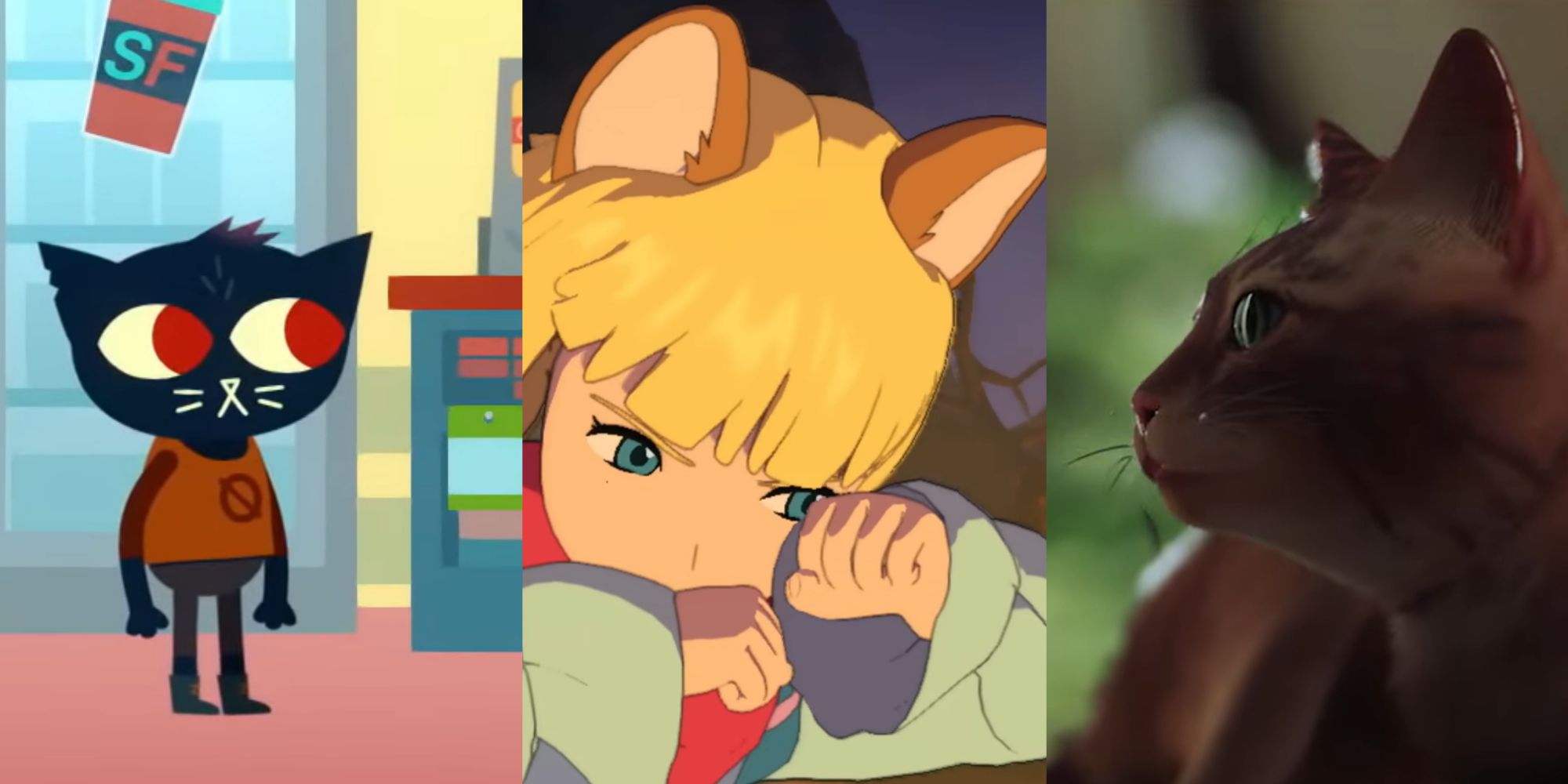
10 RPGs With The Cutest Art Style
Here are the RPG games with the cutest art!
However, that doesn’t mean some games didn’t go harder than others, and Final Fantasy 12 went hard. Troubled development or not, that game chose an art style that gave it a disparate look from others in the franchise, brushstrokes and wide vistas, characters styled like in theater. It’s beautiful, and a style that has aged magnificently.
The Elder Scrolls V: Skyrim
- Franchise
- The Elder Scrolls
- Platform(s)
- PS5, PS4, PS3, Xbox Series X, Xbox Series S, Xbox One, Xbox One X, Xbox 360, Nintendo Switch, PC
- Genre(s)
- Action, RPG, Adventure
Ah, The Elder Scrolls. An iconic franchise with a namesake that’s honestly not that relevant within any of the actual games. Each one is distinct in just about every way, from how they give personality to your character to the regions they are set in, and each of them offers a unique look to complement that.
Early entries pulled heavily from common fantasy aesthetics of the 90s, while Morrowind went heavy on darkness and surrealism, creating a world unlike many others in gaming. Then came Oblivion, bringing its world to life in a vision of shimmering high fantasy. Then we have Skyrim, stark in colour and cool in presentation. Even if they get simpler with each entry, they always have a gorgeous world to invest in.
1 Xenoblade Chronicles
You know, the title ‘Xenoblade Chronicles’ is one of those things you take for granted, but instead, it’s a title that is incredibly direct in its themes for the whole series. No matter which game you play, no matter how it looks, those core themes remain unchanged.
The original Xenoblade pulled heavily from anime for its look, but portrayed it in a more painterly style, keeping the characters and geography in step with each other. Then comes Xenoblade Chronicles 2, which is such a hilarious jump in the typical anime direction that you think the themes of xenophobia would be dropped. And you would be so, so, wrong. Those are great games, and Xenoblade Chronicles 3 marries the style of the previous two beautifully.
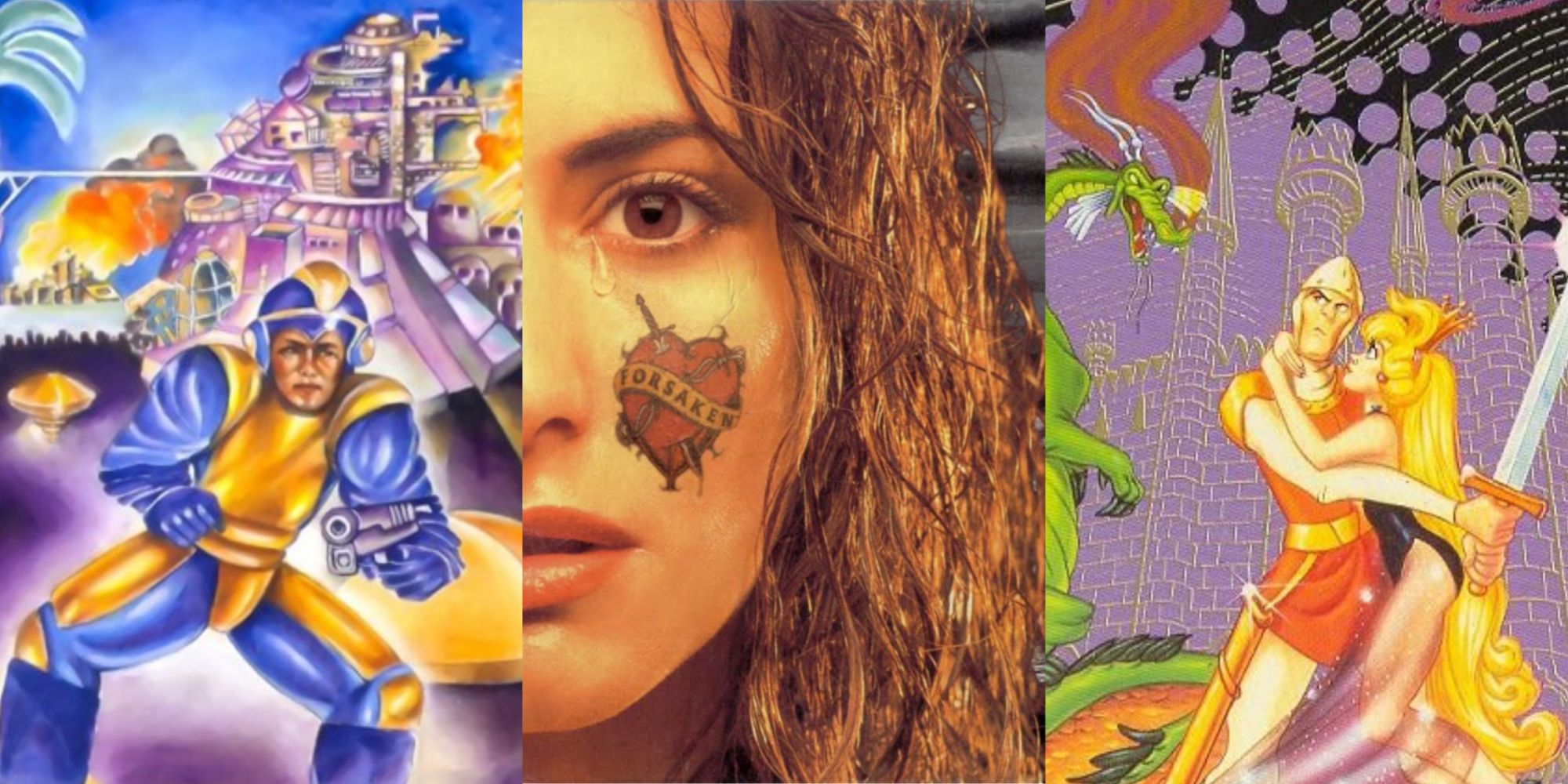
The Most Misleading Video Game Cover Art
We will never forgive what they did to us with MGS2.

